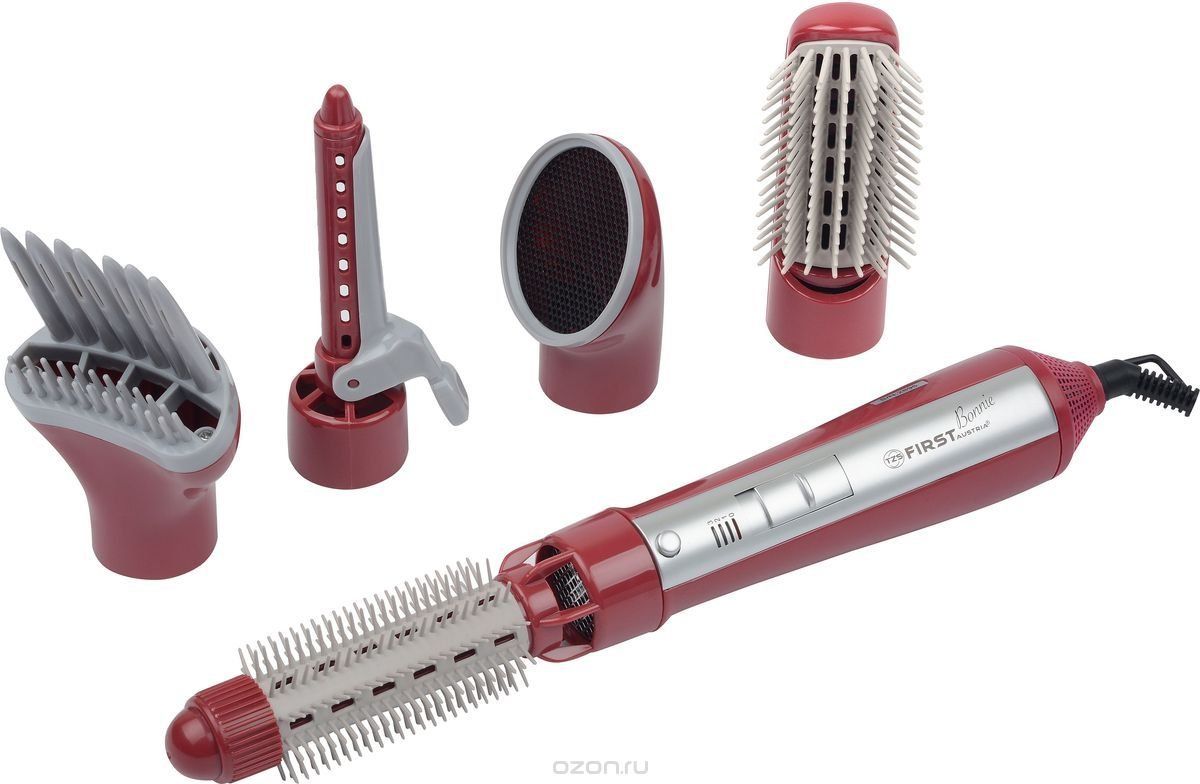Ranking of the best micro SDHC and SDXC memory cards in 2022
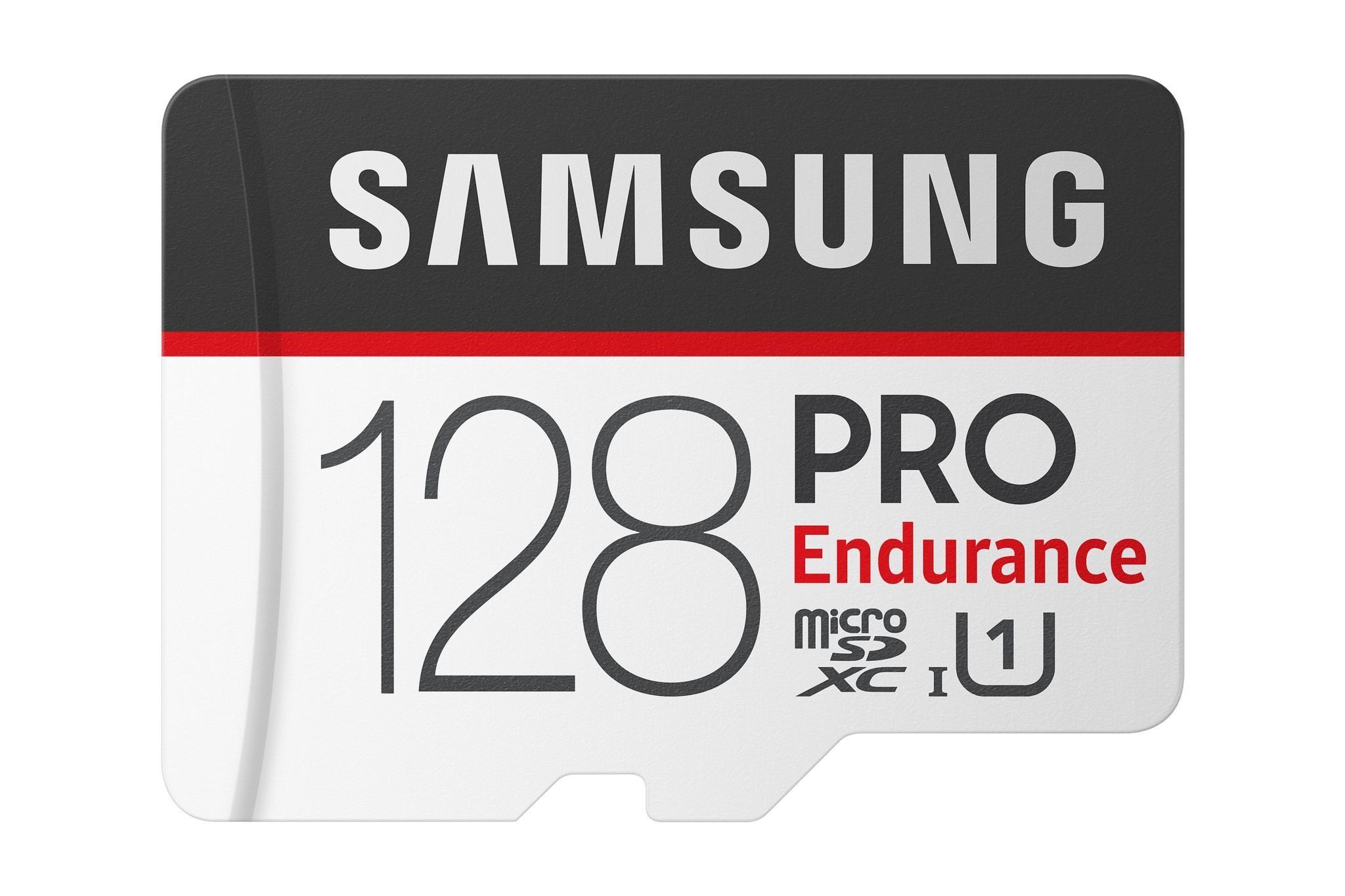
The history of improving flash drives has been going on for more than 10 years. During this time period, flash drives changed several generations, increased capacity, increased the speed cluster and became an everyday thing for an ordinary user.
This article has compiled a ranking of the best microSDHC and SDXC memory cards, which will help you understand their capabilities and advise users on which card to buy for a particular device.
Content
What is the difference between micro SDHC and SDXC?
MicroSDHC and SDXC are the most popular memory card formats among computer and other gadget users.
microSDHC
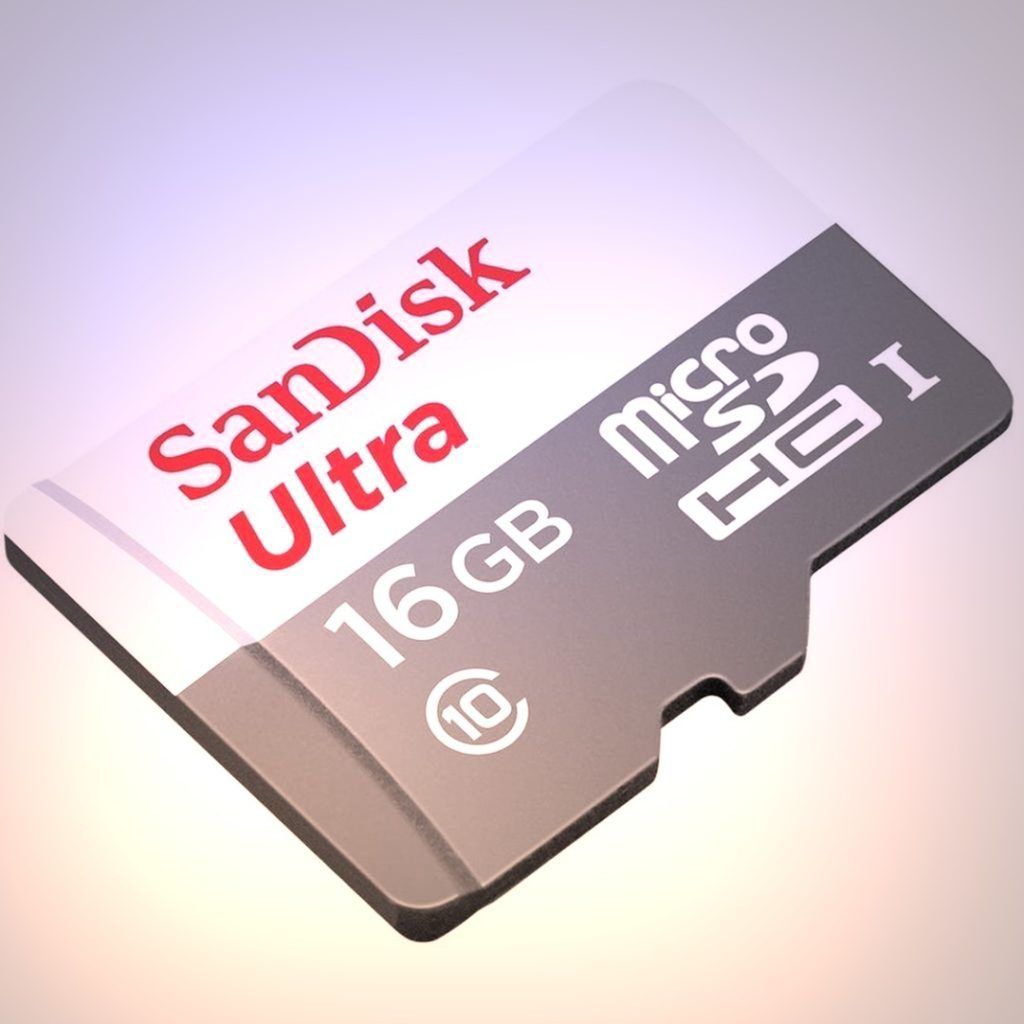
This standard of storage memory is the result of the subsequent improvement of microSD. Flash drives of this format are similar in size, but are equipped with a much larger volume (from 4 to 32 GB). In addition, their specificity lies in the greater speed of reading and writing information - from 50 to 150 Mb / s.
It should be noted that drives of this format, most often, are not identified by readers for microSD. For its part, there are no difficulties with backward compatibility of flash drives and card readers. This is because microSD technology supports FAT12 and FAT16 file systems (in different versions), and drives are formatted in FAT 32.
MicroSDXC
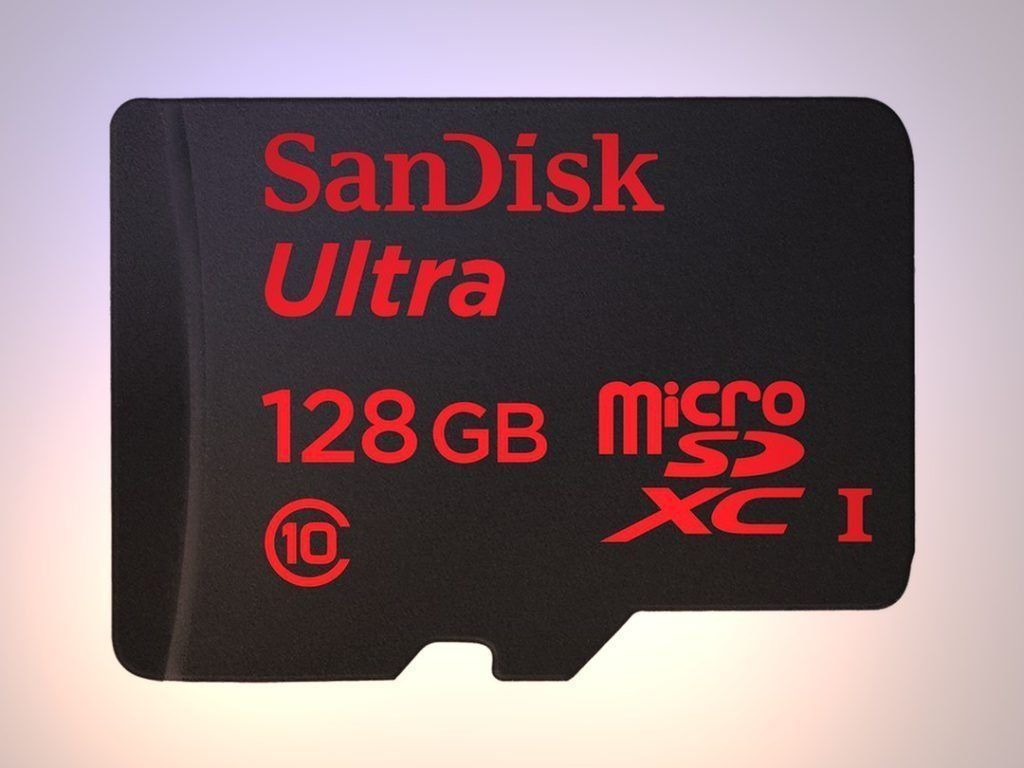
The next technical threshold for improving SD technology is microSDXC drives. Their key plus is a very large capacity of 32 GB - 2 TB. But the dimensions of the flash drive are similar to the previous drives, and are 11x15x1 mm. These devices use the exFAT file system.
The speed of reading and writing information on drives of this format ranges from 50 to 312 Mb / s.The exact value lies in the version of the gadget. Flash drives version 3.0, which are equipped with support for the UHS-1 standard, write and read information at a speed of 104 Mb / s. 4.0 modification gadgets that support UHS-2 technology are able to guarantee a value of 312 Mb / s.
Readers of flash drives of this format can identify the standards of previous generations. It is worth noting that card readers upgraded for microSD and SDHC do not support microSDXC format gadgets.
Similarities and differences
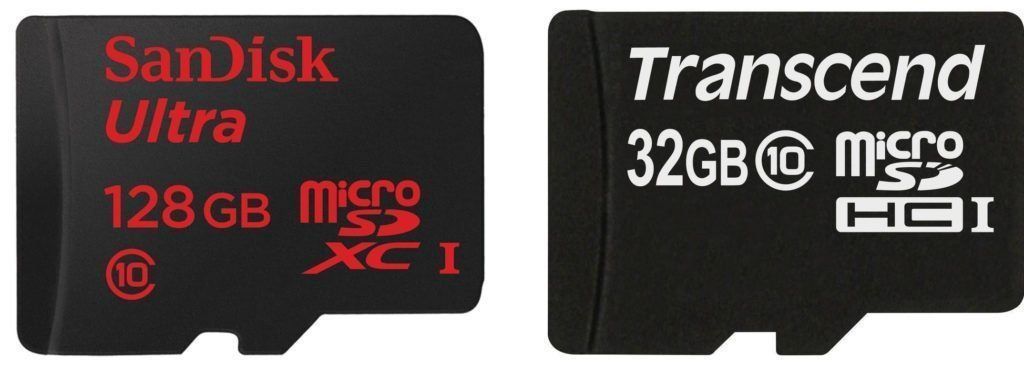
The difference between microSDHC and SDXC lies in such elements as:
- The volume of the flash drive;
- The maximum speed of reading and writing information;
- The applied file system;
- Mutual compatibility of card readers that are adapted for certain types of flash drives.
It is worth noting that the dimensions of all flash drives are similar. More indicative of the similarities and differences between drives are shown in the following table.
Similarities
| Similarities | ||
|---|---|---|
| Both types of drives are technical views made according to the SD standard. | ||
| Card readers designed for microSDXC identify microSDHC flash drives | ||
| Drives have one purpose - to store information accessed through computers, phones, tablets and cameras | ||
| Both types of flash drives have identical dimensions: 11x15x1 mm |
Differences
| microSDHC | MicroSDXC |
|---|---|
| Support exclusively for MicroSDHC and MicroSDXC readers | Support exclusively for MicroSDXC readers |
| Volume from 4 to 32 GB | Volume from 32 to 2 TB |
| Speed and reading class from 50 to 150 Mb/s | Speed and reading class from 50 to 312 Mb/s |
| Formatting in FAT 32 | Formatting in exFAT |
Which firm is better?
There are many different brands in the electronics market. Below are the best flash card manufacturers.
Kingston

The organization from America was formed not so long ago - in 1987. In the first couple of its existence, the company was engaged in the design of reliable blocks of SIMM memory. After some time, the company became one of the most popular manufacturers of permanent and random access memory.
In general, today in the windows of retail outlets you can easily find SSD drives, USB drives and high-performance flash drives. All novelties please with almost absolute compatibility with the established speed standard, as well as with a long service life.
Samsung

It's hard to believe, but today it is this brand that is most actively involved in the design of ultra-fast flash drives. Most likely, in a few years, flash drives of this particular brand will become the highest speed. This is proved by the fact that everything is fine in the advanced smartphones of the company with memory characteristics. On the speed side, it overtakes all similar components that other manufacturers make.
It is worth noting that innovative drives will be made using a similar technology, which is why their speed parameters will remain at an excellent level. But do not forget that the products of this brand are not always budget-priced.
SanDisk
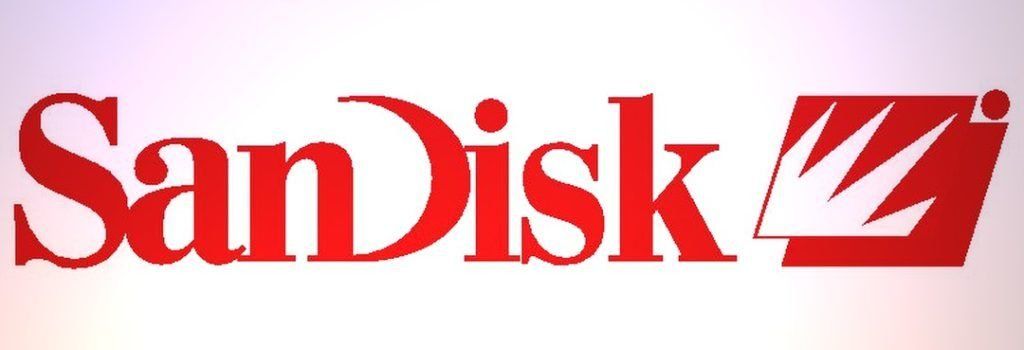
Another company from the USA, which is engaged in the manufacture of solid-state memory. Its drives are considered the most wear-resistant. At the same time, the company does not forget about less popular flash drive formats.
For example, they still make cards that are necessary for the functional operation of the PSP Portable and some other Sony brand products to this day. It is worth noting that SanDisk is not a self-sufficient company. Today it is "under the wing" of Western Digital (a popular hard drive manufacturer).
Sony
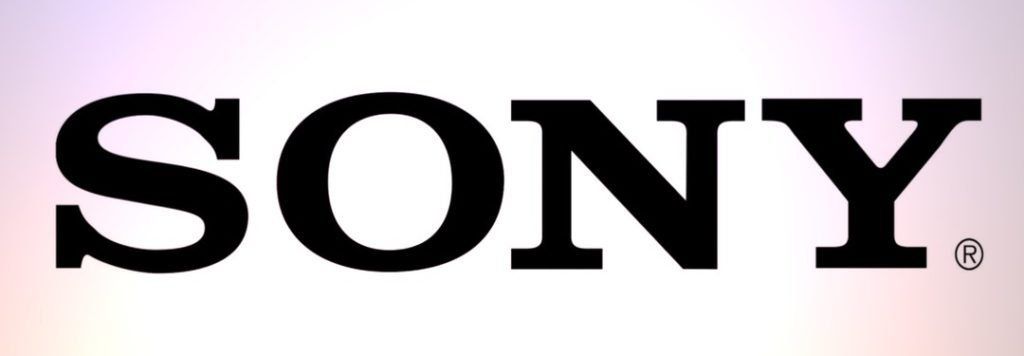
The brand from Japan is trying to stay at the forefront of innovative technologies in the electronics industry. She immediately began to make cameras as soon as the digital format appeared. Her game consoles were the first to abandon the usual cartridges at that time.
Regarding flash drives, the company is distinguished by good quality and compatibility with most of the electronic type equipment. The company has only one drawback - the cost of manufactured products, which is why Sony drives are sold at a much higher price when compared with other specialized companies.
Transcend

Like the other manufacturers discussed above, Transcend was founded in the late 80s. Its head office is located in the Chinese Republic of Taipei.
For a while, this brand was engaged in the release of digital-type players and other multimedia gadgets. But today he is engaged in the manufacture of flash drives and devices that are necessary for reading them - card readers.
Products of this brand are inexpensive, have fairly good speed capabilities and wear resistance.
Rating of high-quality microSDHC and SDXC memory cards
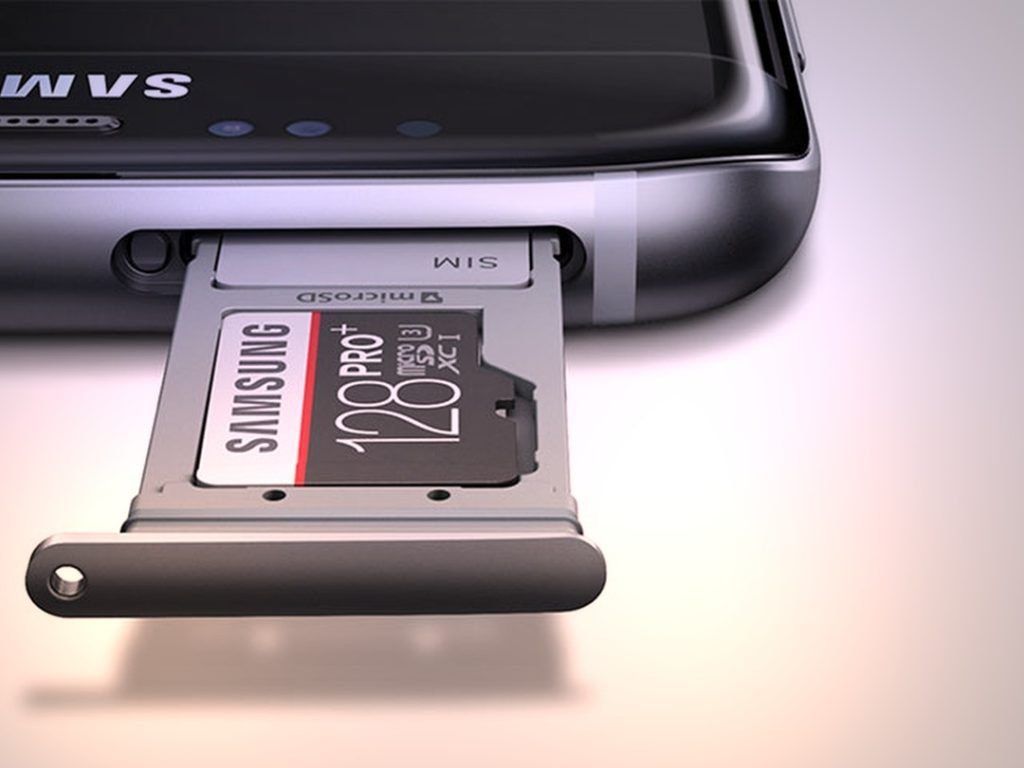
The speed with which the flash drive industry is improving is truly incredible, because not so long ago, with a capacity of half a gigabyte, a flash drive was a beloved acquisition. But today the development is going so fast that now you will not impress anyone with flash drives that exceed this value by a thousand times, while maintaining the same dimensions.
But, at this point in time, manufacturers have not agreed on a universal standard. Despite this, it is realistic to note the most popular types - microSD, SDHC and SDXC.And still, specific manufacturers are trying to promote their proprietary class by releasing gadgets with connectors for it. For example, the Sony trademark and its invariable Memory Stick.
By the way, even in the type itself there are a lot of differences, including price, capacity and speed capabilities. And here it makes sense to briefly recall the old days, when such a value as the read speed reached only 1 Mb / s, and this was an incredible parameter. Well, today, when content is already being made in 8K format, such speed is a fiasco.
So, what type of memory card is best for a smartphone, and which one is better to buy a flash drive for a tablet? With all these questions, the rating of the best memory cards will help you figure it out.
The best microSDHC memory cards
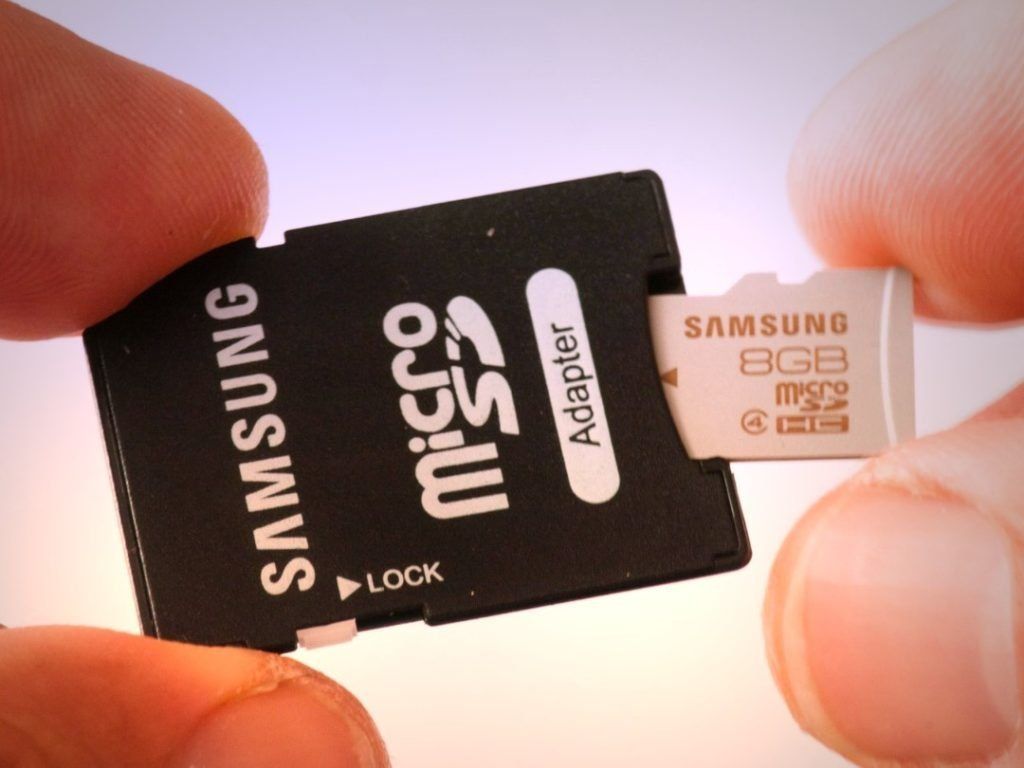
If a user needs to buy a drive for an Android based phone, then most likely it has a microSD flash drive. The microSDHC category, for its part, is a "subtype" of micro SD flash drives. By design, it is unrealistic to find a difference between them. They have identical dimensions, and devices that support microSD work similarly with microSDHC cards.
The reason for the creation of microSDHC is clear: some time before, during the formation of the microSD format, no one seriously thought that flash drives would cross the capacity parameter above 2 GB. In this regard, the file system had a similar limit. Hand in hand with the development of flash drives larger than 2 GB, an innovative standard has also been formed. SDHC has so-called "classes". Simply put, if the flash drive has the inscription “SDHC class 10”, this means that the read speed is 10 Mb / s.
Below is a top five flash drives in this format so that users can choose the one that best suits them.
"5th Place: Transcend TS SDHC10"
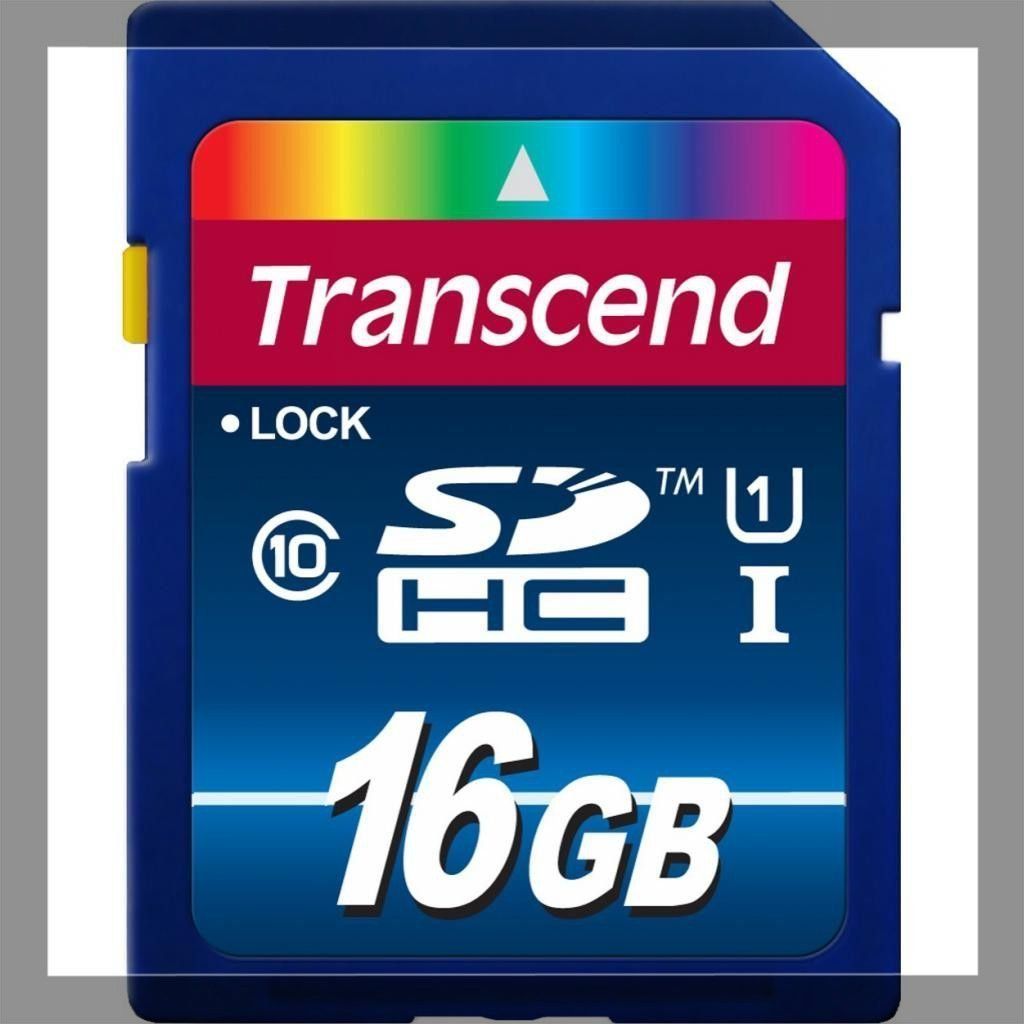
Such a flash drive is not suitable for installation in SLR cameras for professionals or 4K video cameras. Its limit is to be located in a practical chamber or play the role of a backup storage of information.
Since this flash drive does not support high speed, this played a significant role in its cost. It makes no sense for the user to worry about the durability of the memory card, because this drive will function well for many years.
It is worth noting that the media is used even in amateur camcorders that record images in FHD resolution. The fact is that the recording speed reaches 13 Mb / s, which is quite enough. Information is read at a speed of 20-21 Mb / s, and this is quite a decent parameter.
- Availability;
- The popularity of models;
- Work stability.
- Speed capabilities are not high parameters.
The average price is 700 rubles.
"4th Place: Kingston microSDHC Class 10 U3 UHS-I"
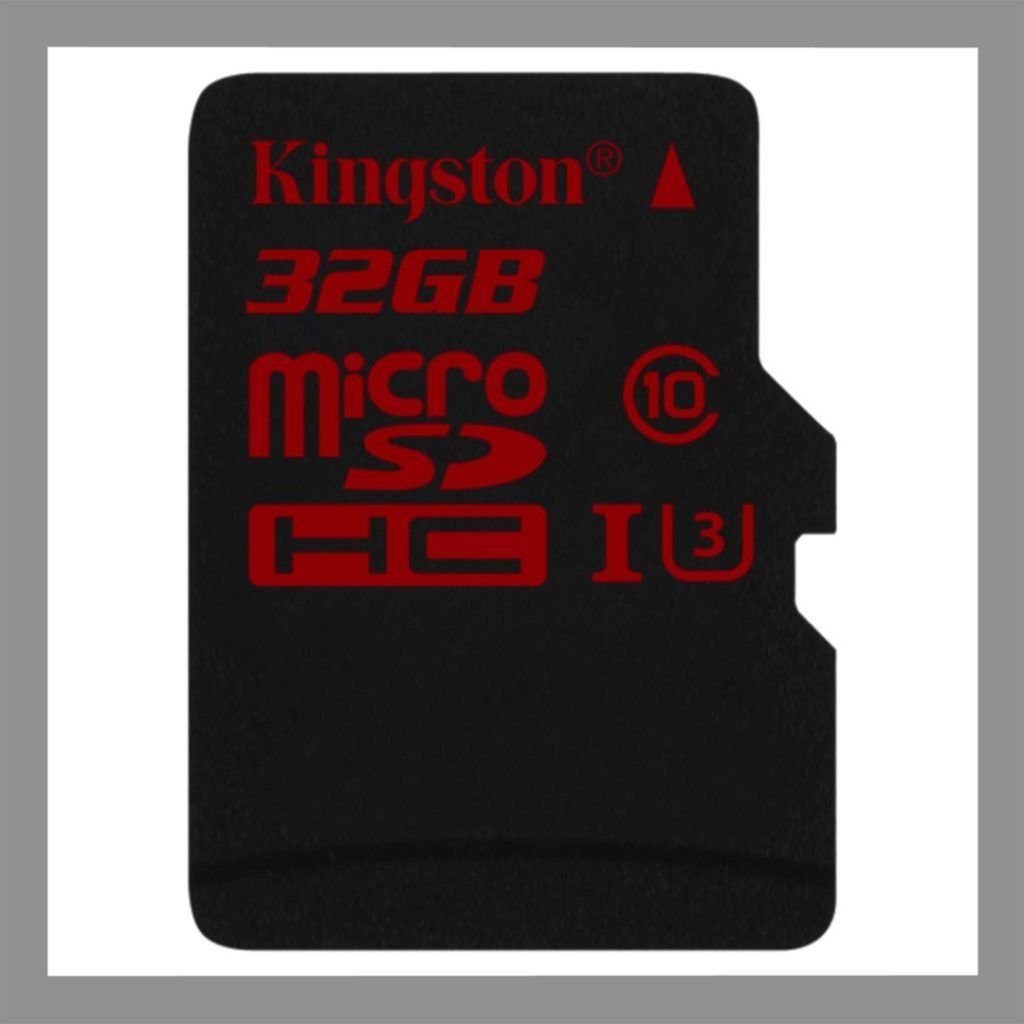
And this is a good solution for owners of innovative action cameras that can shoot video in 4K resolution. The speed capabilities here are such that there will be no problems even after 30 minutes of recording. If a person records videos extremely often and for a long time, then it would be logical to start looking for where it is profitable to buy such a drive with a capacity of 128 GB, regardless of the price.
- Write speed up to 80Mb/s;
- Reading speed reaches 90 Mb/s;
- There are flash drives with a capacity of 16-128 GB on the market;
- Comes with an SD adapter.
- Relatively high price.
The average price is 1,500 rubles.
"3rd place: SMARTBUY MICROSDHC CLASS 10"
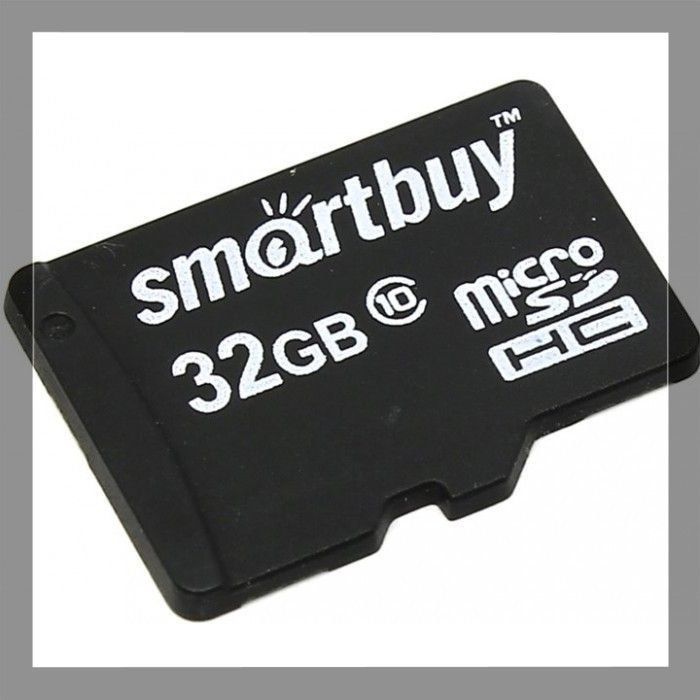
A card for people who have decided to give up the characteristics of stable work at the expense of affordability. This model will be a good purchase for a DVR, phone and tablet, rather than for specialized portable equipment due to the adapter that comes with the kit.
The market has a wide range of choices in capacity - 4-32 GB. In addition, the card is equipped with a standard write / read speed of information within 10 Mb / s.
It is worth noting that the brand's limited focus on microSDHC is explained by one understandable factor: the integrity of information is not ensured during a multiple rewrite cycle. And if for ordinary users the loss of information does not always lead to serious difficulties, then for photographers, for example, the loss of photographs from a shooting promises a serious blow to their reputation.
- Availability;
- Good quality;
- In the package there is a network adapter;
- Work stability.
- Weak performance.
The average price is 500 rubles.
"2nd Place: SanDisk Ultra microSDHC Class 10 UHS-I"
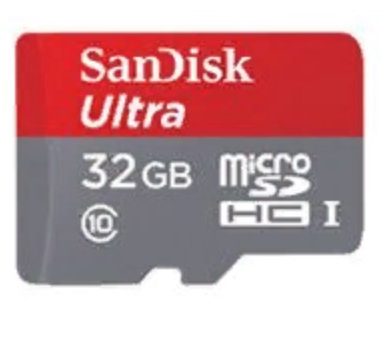
The displays of innovative phones most often have FHD resolution. And the incredible popularity of high-quality content plays a significant role in this. In that situation, if the user is a fan of watching videos, or his activities or hobbies are associated with regular data transfer to and from a PC, this memory card will be an excellent purchase.
- The capacity of the card reaches 32 GB. This volume is enough to save ten hours of video with a resolution of 1920 px;
- The drive has a 10 speed class, which means it is capable of exchanging information at a speed of 48 Mb / s;
- The kit comes with a specialized adapter for a full-size SD connector, which is needed when working with a PC or photographic electronics.
- Rapid wear.
The average price is 500 rubles.
"1st Place: SanDisk Extreme SDHC UHS Class 3 60MB/s"
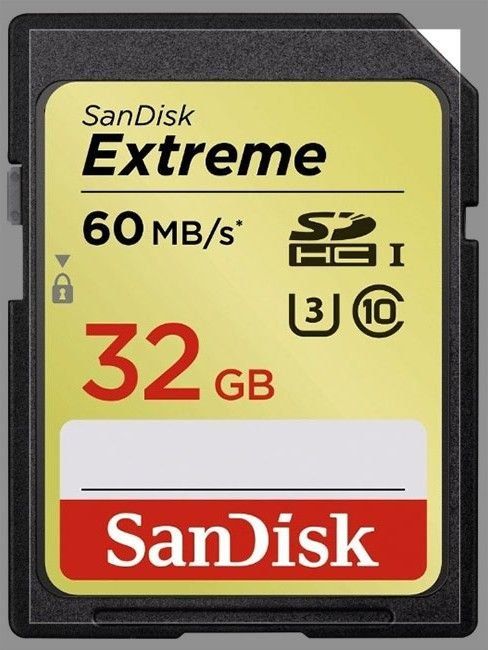
Definitely the leader of this top. For a relatively budget cost, the device guarantees breathtaking speed. Reading information here is carried out at 60 Mb / s speed.
Reviews of the model prove that the brand from the USA managed to release a high-quality device, because it “sucks” all the power out of the SDHC. This drive is placed in cameras, video cameras, set-top boxes and other appropriate electronics.
The manufacturer claims that information is written to his flash drive at a speed of 40 Mb / s, however, the owners say that most cards demonstrate even higher speeds, in some cases it reaches 54 Mb / s.
- There are modifications for 16 and 32 GB;
- High speed performance;
- Users experience little to no disruption;
- Availability.
- Not detected.
The average price is 4,000 rubles.
Best MicroSDXC Memory Cards
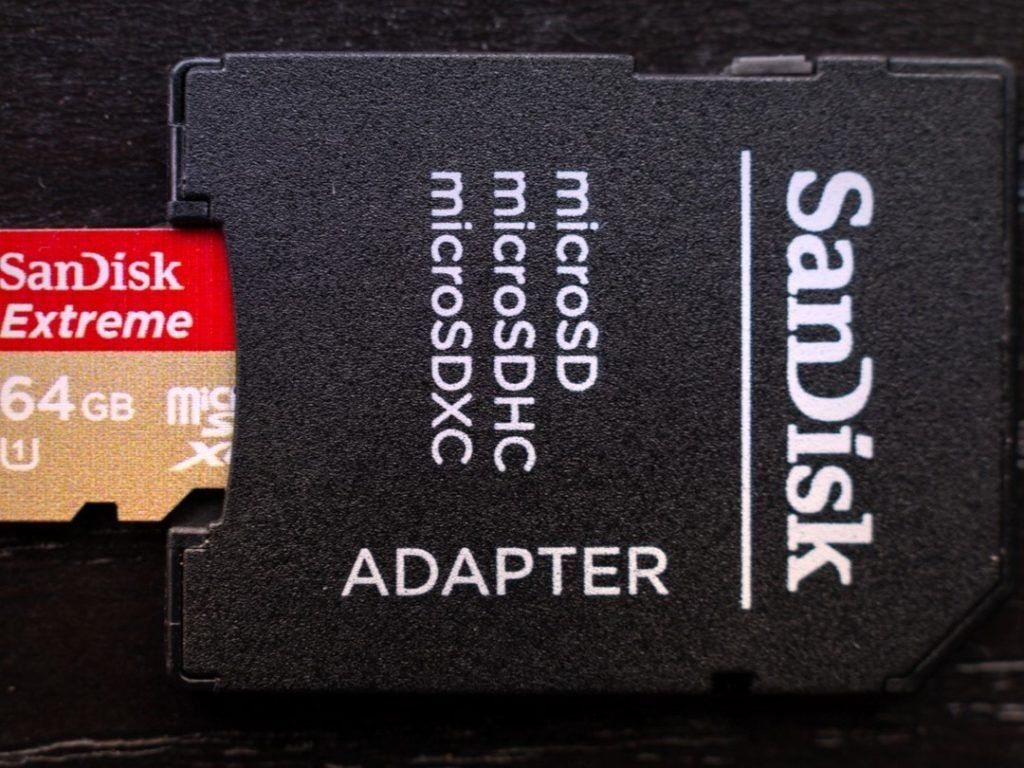
Now even inexpensive phones record video with a resolution of 1080x1920 px. "Peredoviki" are able to make videos in 4K format. Simply put, flagships shoot video, the frame width of which reaches more than 4,000 pixels. Such a video is subsequently comfortable to process due to the excellent clarity of the picture, but it is completely uncomfortable to store.The fact is that only after a couple of minutes, a user phone is able to shoot a video, the capacity of which will be from 3 to 4 GB.
The next difficulty is also formed here - to record such a video, you need a flash drive with high-speed characteristics. Otherwise, capturing the unique moments of life simply will not work. The media of this brand is made to overcome these difficulties, which the SDHC format can no longer cope with:
- An improved file system that made it possible to make drives with a capacity of up to 2 TB;
- High-speed capabilities reach up to 300 Mb / s, and make it possible to record / open high-resolution videos.
If the user is going to constantly use the phone's storage, work with videos and pictures in high resolution, then this type of card is a good purchase. The selection criteria are easy to identify if you study the following top of the best memory cards of this format.
"5th Place: Transcend TS SDXC10U1"
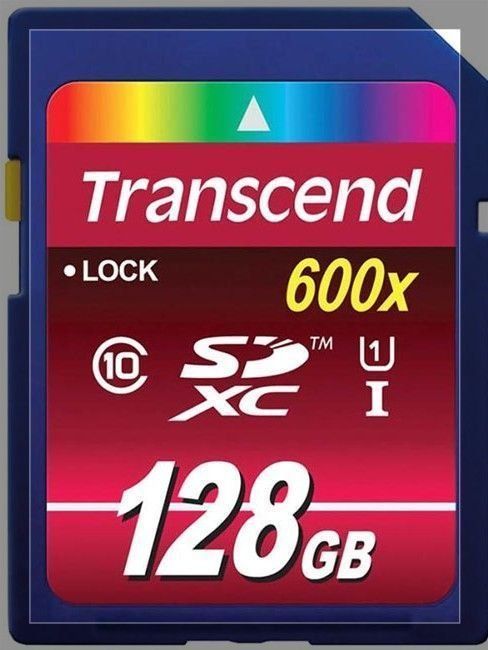
This flash drive easily stands out from the competition with its blue shell and colorful label. Ultimately, the manufacturer provides a flash drive with a capacity of 128 GB, which is enough. In terms of speed capabilities, the model is great for owners of video cameras that can shoot in 4K resolution.
Reviews about the model prove that the owners of full-frame mirror-type cameras cannot do without a more expensive flash drive.
The bottom line is that flash drives from this line can cause some difficulties during long-term shooting (we are talking specifically about SLR cameras). However, other users in any case will appreciate the availability of the product, as well as its durability.
- Optimal cost;
- Good quality;
- Durability;
- There are modifications for 64 and 128 GB;
- The recording speed is approximately 70 Mbps.
- Difficulties in working with some "reflex cameras".
The average price is 1,800 rubles.
"4th Place: SanDisk Extreme Pro microSDXC (SDSQXXG)"
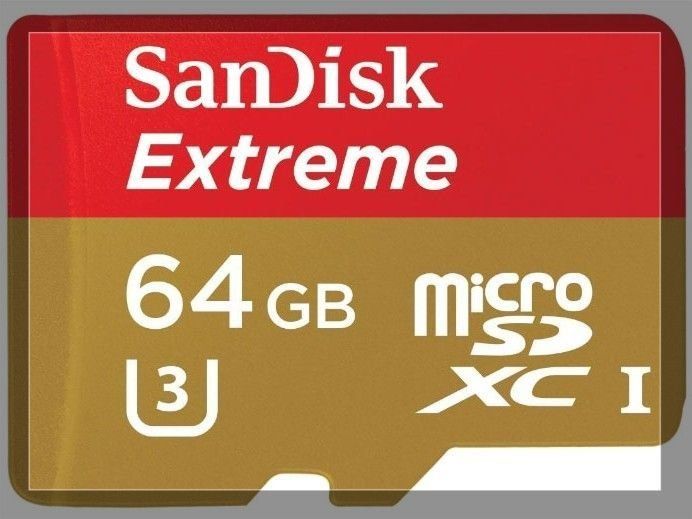
The best flash drive for your phone or tablet at an innovative level. Its support for class A1 is guaranteed, and the speed of "small-block" recording of the model is actually higher than average. In addition, reading the media is performed without prior caching, which is easily proven by performing a memory test on a mobile device. The flash drive does an excellent job of recording high-definition videos, including 4K format.
The assortment in this series of the company is so extensive that it would be advisable to say that it is the UHS-I Class 3 V30 A1 card of the tenth class that is being considered. Although the U1 modification of this flash drive is also excellent, however, its speed characteristics are slightly lower.
- Incredible write/read speeds;
- Incredible durability;
- Stability of work;
- The manufacturer guarantees chic support.
- Often there are fakes;
- Not the most affordable price.
The average price is 2,800 rubles.
"3rd Place: Kingston SDA10"
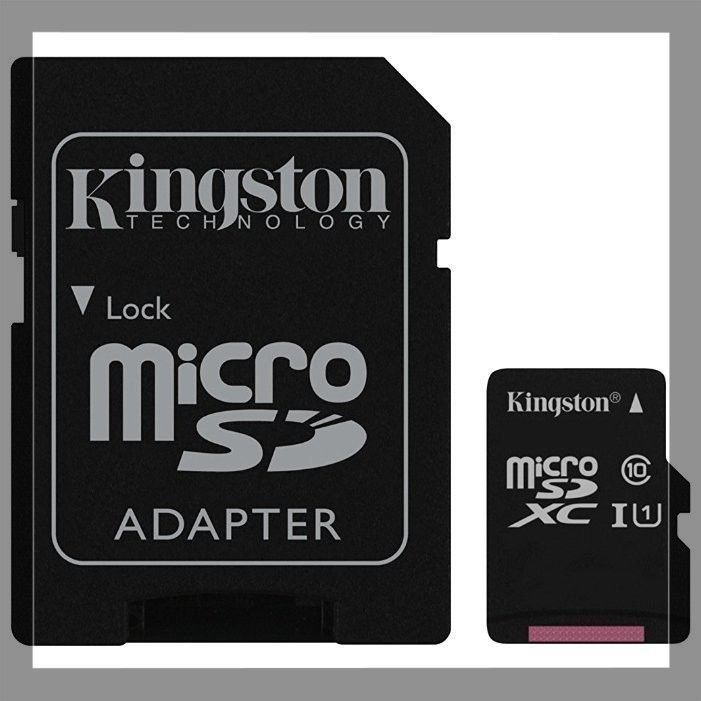
This series includes flash drives in both SDHC and SDXC formats. It is worth noting that the former are most in demand, since they are cheaper. SDXC cards meet the stated standards, and some models can write information at a maximum speed of 40 to 45 Mb / s.
More capacitive models will please with a reduced maximum speed - in the range from 30 to 35 Mb / s.Of course, the actual response is much less, but it is quite enough for camcorders that record in FHD resolution.
Reading speed ranges from 60-80 Mb / s, it all depends on the capacity of the purchased flash drive. The brand has been manufacturing solid-state media for a long time, which is why it makes no sense to worry that a flash drive will break in a couple of years. Interestingly, in this case, such media are sold at a low cost.
- Excellent speed settings;
- Stability of work;
- Availability;
- Model popularity.
- Some models still do not fulfill the approved speed capabilities.
The average price is 2,500 rubles.
« 2nd place: SAMSUNG MICROSDXC EVO PLUS 80MB/S»
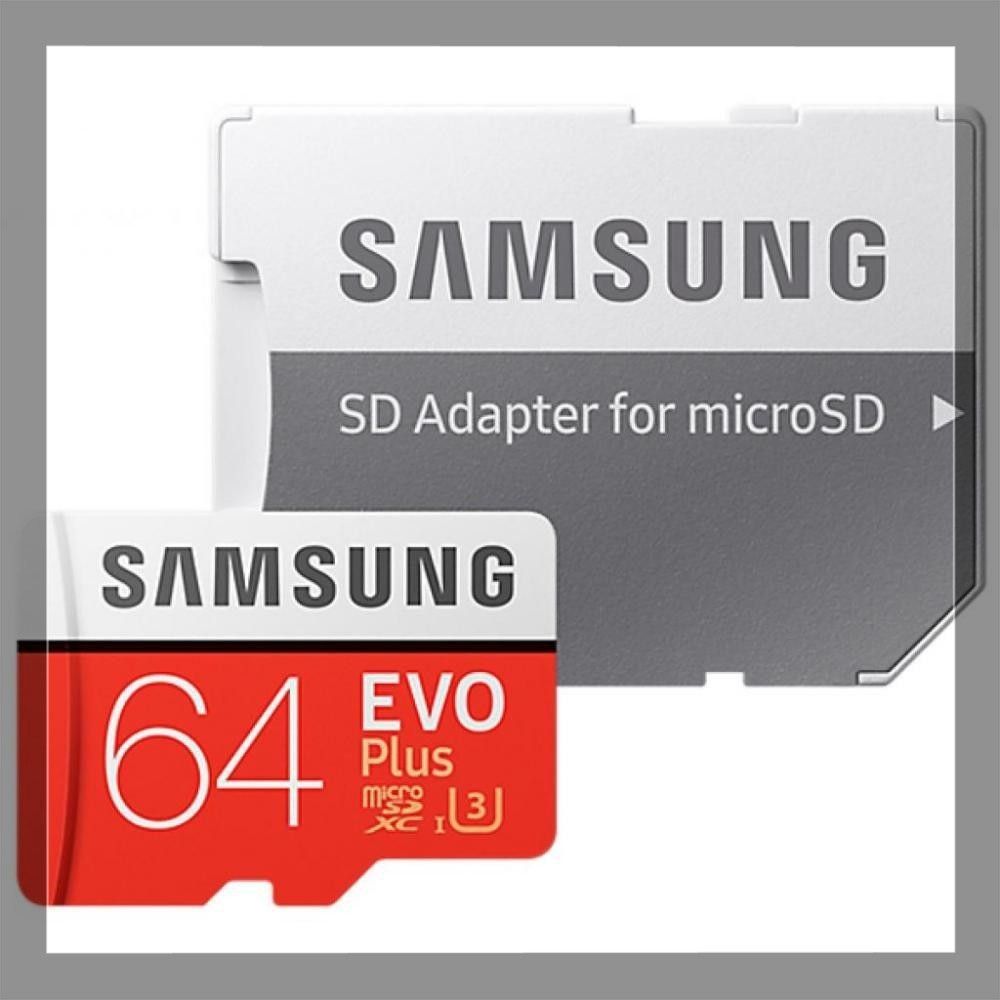
The Samsung brand has a fairly solid experience in the manufacture of storage gadgets. Among the products of the company there are both full-size hard drives and the most practical media. It is to the latter that the model under consideration should be attributed. A colorful, red and white flash drive boasts a leading capacity (128 GB), excellent speed characteristics, and a chic “resistance reserve”.
- Fashionable appearance. Among the black and gray flash drives, the colorful red product from the brand looks very nice. In addition, this drive is difficult to lose, as it stands out among things in a purse / bag and so on;
- Good speed characteristics. Today, read / write speeds of 80-20 Mb / s are more than enough;
- Supports UHS Class 1;
- Work stability.In the reviews, buyers say that the drive meets the approved capabilities, copes well with long-term write cycles, does not heat up or break.
- Fragile shell.
The average price is 6,500 rubles.
"1st place: ADATA Premier microSDXC Class 10 UHS-I U1+SD adapter"
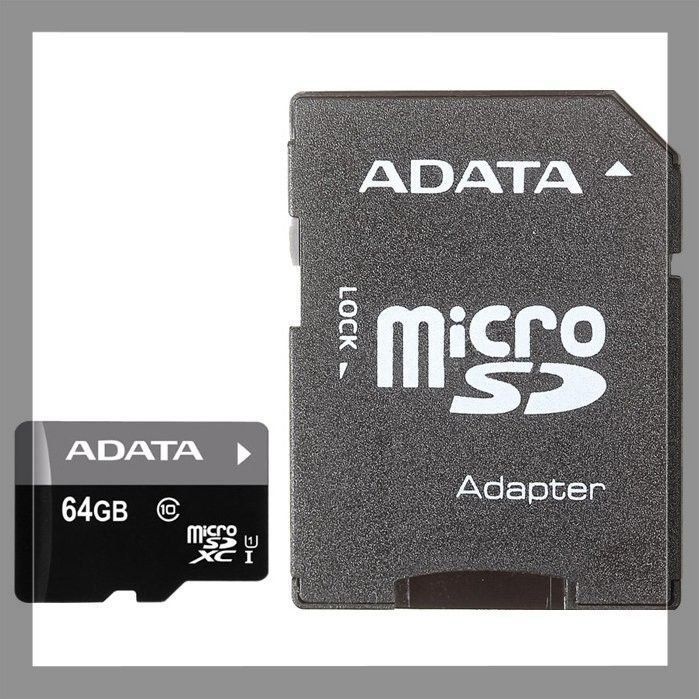
Wearers of this brand stand out for their affordability while maintaining impressive values. The model will be a good purchase in a situation where you need to get a really high-quality product with high speed characteristics for a symbolic price. The drive supports the SDA 3.0 data exchange standard, so the flash drive functions quickly.
- Supports UHS-I standard while complying with SDA 3.0 orientation;
- Reading speed reaches 50 Mb/s;
- Despite the fact that the media is classified as an innovative SDXC format, its cost is commensurate with SDHC type cards.
- The recording speed is relatively low (10 Mb/s).
The average price is 2,500 rubles.
How to choose?
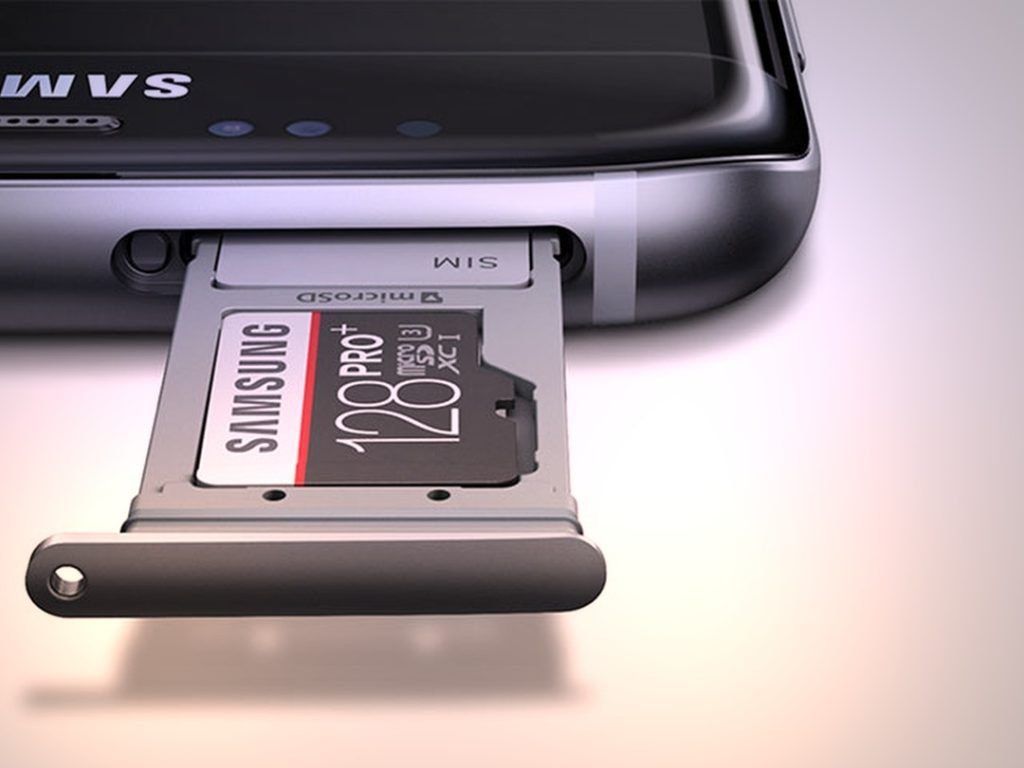
If the user believes that in the process of purchasing a flash drive for his own device, it is necessary to pay due attention exclusively to format support and capacity, it would be advisable to upset him. The fact is that you need to look at at least 3 factors.
Factor 1- Compatibility
For many users, microSD is only a form factor, but in reality it is not. The user is easily able to install any flash drive in the proper slot, but not every one of them will function, because the media differ in a lot of features.
Format
There are 3 different SD formats in total, which are divided into 2 form factors (SD and microSD):
- MicroSD - media, the capacity of which is not more than 2 GB. They work on any electronics.
- MicroSDHC - media with a capacity of 3-32 GB. They work on any electronics.
- MicroSDXC - media with a capacity of 32-2TB (currently the limit is 512 MB). They function exclusively on devices that support SDXC.
It is worth noting that there is no reverse type compatibility. Flash drives of an innovative format on gadgets of the previous generation will not be able to function.
Capacity
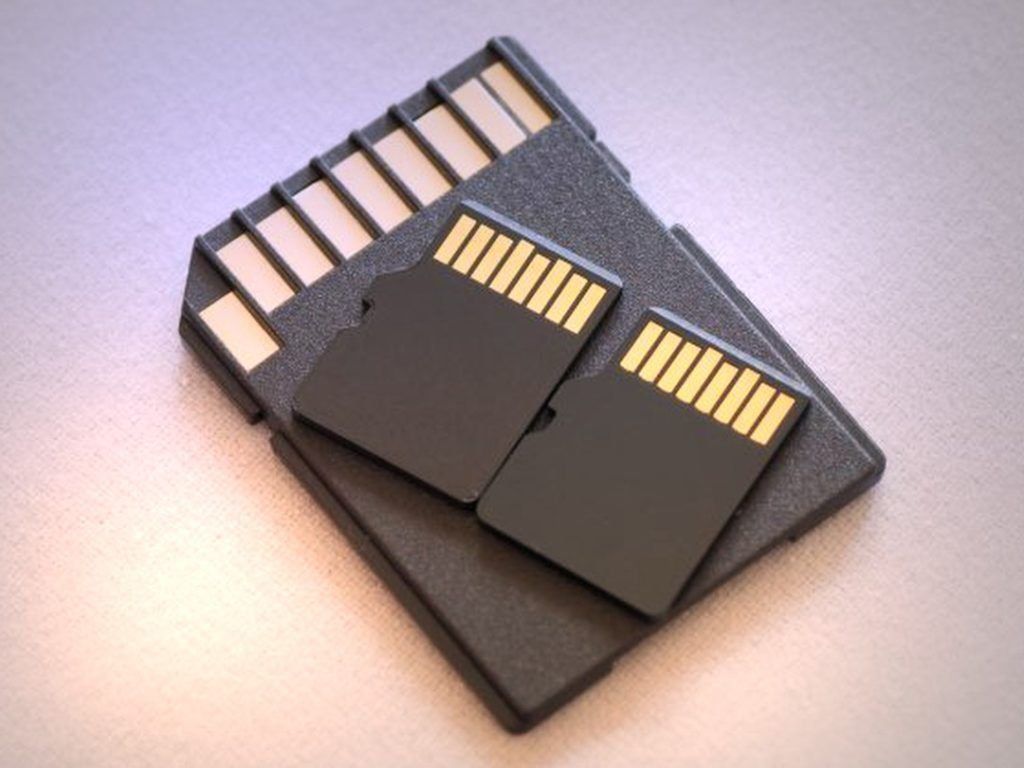
Manufacturer-approved support for microSDXC does not ensure compatibility of this type of media with any capacity, since everything is in a specific device. For example, HTC One M9 functions with this format, but formally it only supports flash drives with a capacity of no more than 128 GB.
Another significant factor is related to the storage capacity. All microSDXC drives use the exFAT file system as standard. Windows OS has been supporting it for about 10 years, in Apple's OS it was formed only from version 10.6.5. In Linux, this file system is supported, but it does not always function from the factory.
Factor 2 - Performance
Variation in speed characteristics of drives is as difficult as their types and compatibility. Classifications divide the speed capabilities of media into 4 types, and since manufacturers use them all, there is complete confusion.
Speed class
The speed class is associated with the lowest write speed to the flash drive in MB/s. There are 4 such classes in total:
- Class 2 - from 2 Mb / s.
- Class 4 - from 4 Mb / s.
- Class 6 - from 6 Mb / s.
- Class 10 - from 10 Mb / s.
Flash drives that run on a high-speed UHS bus currently have only 2 speed classes:
- U1 - from 10 Mb / s.
- U3 - from 30 Mb / s.
Since the smallest record value is taken in the speed class parameter, theoretically, a class 2 media is capable of being faster than a fourth class flash drive. But, if this becomes true, the manufacturer will most likely say this in as much detail as possible.
Top speed
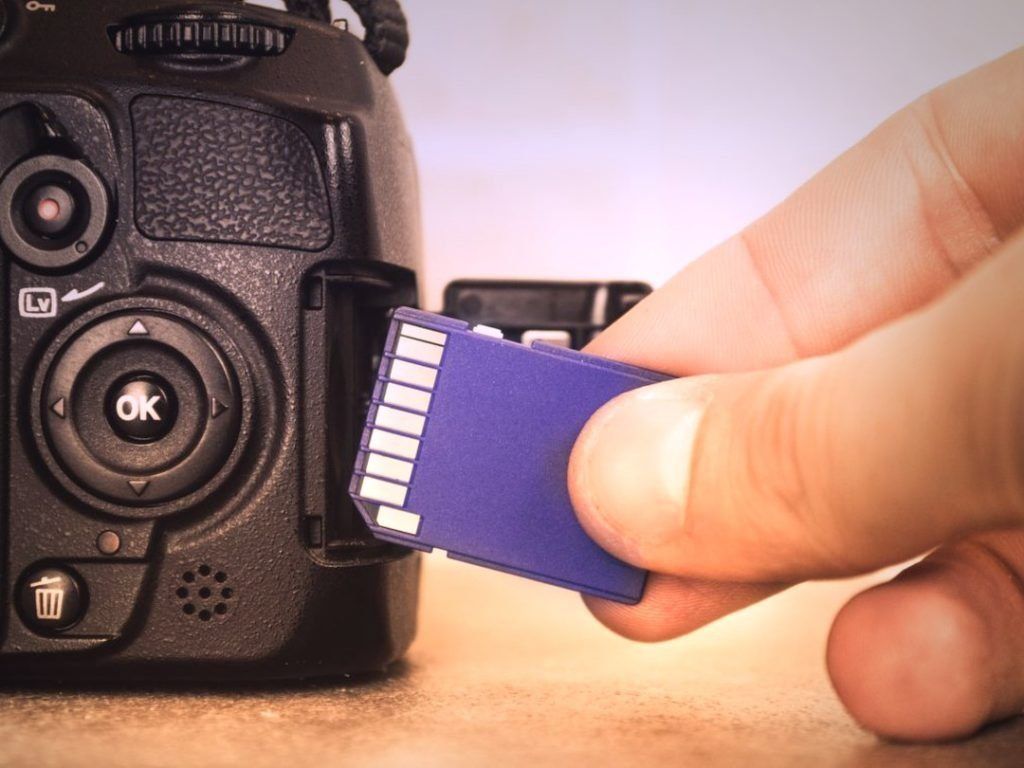
The speed class is quite enough to distinguish flash drives at the time of purchase, however, some manufacturers, in addition to it, write in the description the maximum speed in Mb / s, and not writing (which, by the way, is always less), but reading.
Often this is the result of synthetic type tests under excellent conditions, which are unrealistic to achieve during normal use. In fact, the speed lies in many factors, which is why it makes no sense to choose a flash drive only by this parameter.
speed multiplier
Another category by which performance is classified is a speed multiplier, similar to the one used to designate read and write for optical-type discs. In total there are more than 10 (6x-633x). Multiplier 1x = 150 Kb/s. Simply put, ordinary drives have a speed of approximately 900 Kb / s. For the fastest media, the multiplier reaches 633x, which is comparable to 95 Mb / s.
Factor 3 - Non-original products
No matter how stereotyped it may be, but to purchase a non-original product under the guise of a branded one today is a common thing. Not too long ago, the SanDisk brand claimed that as many as a third of its brand's flash drives on the market were counterfeit. Since that time, the situation has not changed.
So that the purchase does not become a disappointment, it is quite enough to put yourself "into the hands" of common sense. Do not buy from managers who do not inspire confidence.In addition, it is worth avoiding the offer of "branded flash drives", the price of which is significantly less than the formal one.
Conclusion
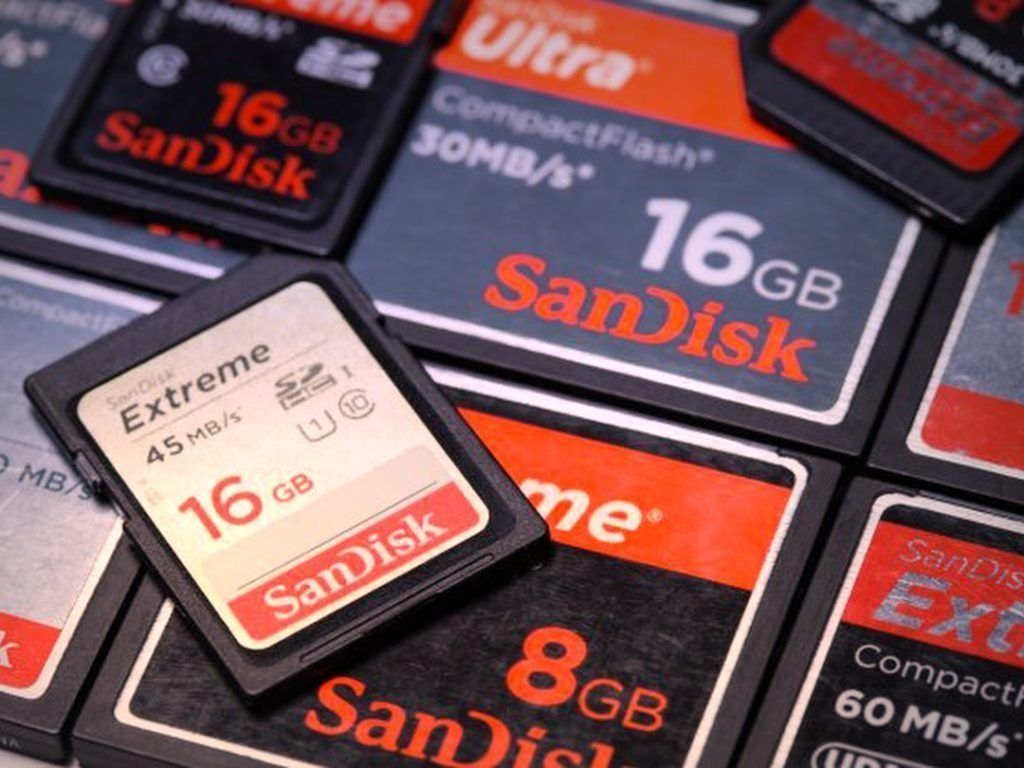
In conclusion, it is worth noting that this is the most up-to-date rating of the best memory cards at the moment. Which one is better to buy is, of course, up to users to decide, because it all depends on their needs, tasks and available budget.
new entries
Categories
Useful
Popular Articles
-

Top ranking of the best and cheapest scooters up to 50cc in 2022
Views: 131651 -

Rating of the best soundproofing materials for an apartment in 2022
Views: 127691 -

Rating of cheap analogues of expensive medicines for flu and colds for 2022
Views: 124519 -

The best men's sneakers in 2022
Views: 124033 -

The Best Complex Vitamins in 2022
Views: 121940 -

Top ranking of the best smartwatches 2022 - price-quality ratio
Views: 114980 -

The best paint for gray hair - top rating 2022
Views: 113395 -

Ranking of the best wood paints for interior work in 2022
Views: 110319 -

Rating of the best spinning reels in 2022
Views: 105330 -

Ranking of the best sex dolls for men for 2022
Views: 104367 -

Ranking of the best action cameras from China in 2022
Views: 102216 -

The most effective calcium preparations for adults and children in 2022
Views: 102011

